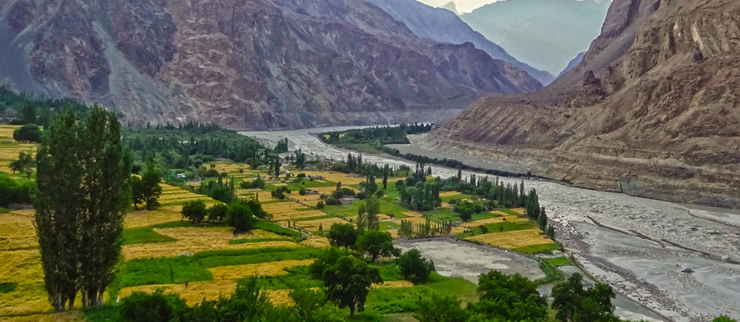
Turtuk
The ideal time to visit Turtuk town is during the summer months from April to September. The environment is lovely here, and the unforgiving cold winters have defrosted. The roads to the town begin to open up in summer, which is influenced by periodic avalanches in winters. In addition, summers in Ladakh aren't characterized by the searing sun and are pretty cool and lovely. The average temperature ranges between 10° C to a limit of 20° C. The whole area resembles a combination of white in the light of the snow-covered mountains, earthy coloured due to the rough grounds, and green due to the little forestlands, which makes it much more delightful. During this time, you can appreciate the enchanting climate and magnificence of the valley.
